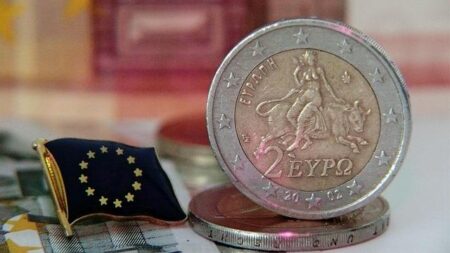Germany’s energy giant Uniper has announced a comprehensive investment plan totaling $5.8 billion through 2030 as part of a strategic overhaul aimed at navigating the rapidly evolving energy landscape. The move comes amid mounting pressures to accelerate the transition to cleaner energy sources while ensuring supply security in a context of geopolitical uncertainty and shifting market dynamics, Reuters reports. This ambitious investment program underscores Uniper’s commitment to reshaping its portfolio and strengthening its position in Europe’s energy sector over the coming decade.
Germany’s Uniper Unveils Ambitious $5.8 Billion Investment Plan Through 2030
Uniper, one of Germany’s leading energy firms, has announced a comprehensive investment strategy totalling $5.8 billion to be rolled out by 2030. This substantial financial commitment signifies the company’s ambitious shift toward renewable energy sources and technological innovation. The plan prioritizes expanding clean energy projects, enhancing operational efficiency, and reducing carbon emissions, aligning with Germany’s aggressive climate targets. Key focus areas will include hydrogen production, wind and solar power facilities, and modernizing existing gas infrastructure to support cleaner energy delivery.
Highlights of Uniper’s Investment Strategy:
- Hydrogen initiatives: Increasing green hydrogen production capacities.
- Renewable energy expansion: Development of additional wind and solar parks.
- Infrastructure modernization: Upgrading gas pipelines and storage facilities.
- Digital transformation: Implementation of smart grid technologies.
| Investment Area | Target Year | Estimated Budget ($ bn) |
|---|---|---|
| Hydrogen Production | 2025 | 1.5 |
| Wind and Solar Expansion | 2028 | 2.3 |
| Gas Infrastructure Modernization | 2030 | 1.0 |
| Digital & Smart Grid Tech | 2027 | 1.0 |
Investment Focus on Renewable Energy and Infrastructure Modernization
Uniper’s strategic pivot signals a robust commitment to green energy advancements, earmarking $5.8 billion for transformative projects spanning renewable sources and critical infrastructure upgrades. The company plans to expand its portfolio by investing heavily in wind and solar capacities, aiming to reduce carbon emissions while enhancing energy reliability across Germany and Europe. Key initiatives include the deployment of cutting-edge technologies and the modernization of existing energy grids to support renewable integration and energy storage.
To structure its ambitious roadmap, Uniper will focus on:
- Accelerating offshore and onshore wind farm developments
- Promoting extensive solar power installations
- Upgrading transmission infrastructure with smart grid solutions
- Investing in hydrogen production and carbon capture technologies
| Investment Area | Allocated Budget ($ Billion) | Target Completion |
|---|---|---|
| Wind Energy Projects | 2.3 | 2028 |
| Solar Power Expansion | 1.5 | 2030 |
| Grid Modernization | 1.6 | 2029 |
| Hydrogen & Carbon Tech | 0.4 | 2030 |
Strategic Recommendations for Navigating Market Challenges and Regulatory Changes
To maintain momentum amid evolving market dynamics and increasingly stringent regulations, Uniper must prioritize flexibility and innovation in its capital allocation. Emphasizing investments in cleaner energy technologies while optimizing existing fossil fuel assets will allow the company to balance short-term profitability with long-term sustainability goals. Key strategic initiatives should include:
- Accelerating renewable integration: Expanding wind, solar, and hydrogen projects to diversify the energy mix and reduce carbon footprint.
- Enhancing digital infrastructure: Utilizing smart grid technologies and data analytics to improve operational efficiency and risk management.
- Strengthening regulatory engagement: Proactively shaping policy frameworks while ensuring full compliance to mitigate exposure to fines and operational disruptions.
Moreover, a robust risk assessment framework will be essential for Uniper to navigate geopolitical uncertainties and fluctuating commodity prices. A strategic balance between investing in emerging markets with growth potential and safeguarding core European assets can help stabilize revenues through volatile periods. The accompanying table outlines priority focus areas and expected impacts over the next decade:
| Focus Area | Primary Objective | Anticipated Benefit | ||||||||||||||||||
|---|---|---|---|---|---|---|---|---|---|---|---|---|---|---|---|---|---|---|---|---|
| Renewable Expansion | Decarbonize energy portfolio | Lower emissions, access to green subsidies | ||||||||||||||||||
| Digital Transformation | Operational excellence | Cost reduction, enhanced grid reliability Here is a continuation and completion of the table as well as a closing summary based on the content you provided:
“`html
|




